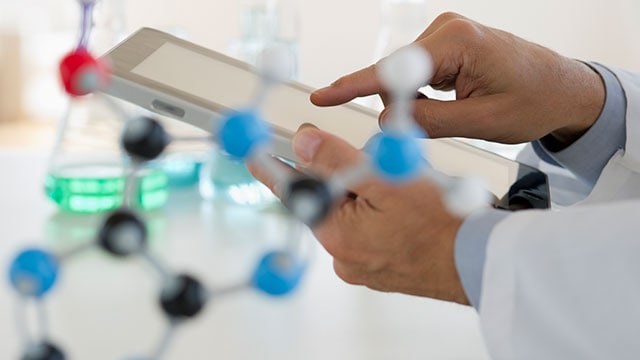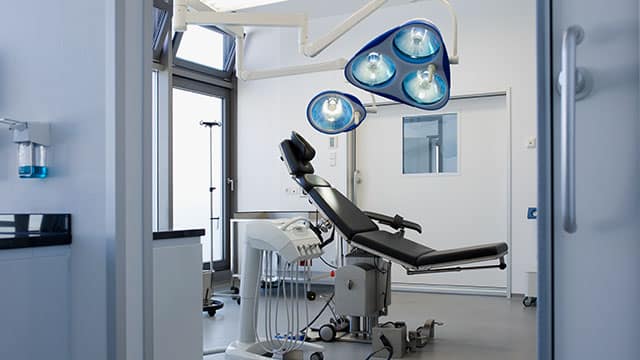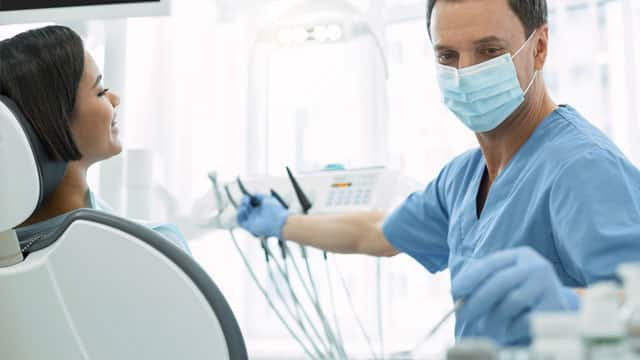What Are Stem Cells?
Stem cells are masters of regeneration. In your own body, they can divide and renew themselves, even after long periods of inactivity, to keep your body working correctly.
In stem cell therapy, the Mayo Clinic reports that researchers take donated unspecialized stem cells and turn them into specialized cells that aid in heart, blood, and nerve tissue regeneration.
In stem cell transplants, commonly known as bone marrow transplants, doctors replace damaged or diseased stem cells to promote the immune system to fight certain cancers and blood diseases.
In oral health, two types of specialized dental stem cells exist, as do stem cells associated with your bones:
Dental Pulp Stem Cell (DPSC): These include stem cells from human teeth: hDPSCs (human dental pulp stem cells) and MDPSCs (multipotent dental pulp regenerative stem cells).
Stem Cells from Human Exfoliated Deciduous Teeth (SHED): From dental pulp, SHED comes from baby teeth that have fallen out naturally or are extracted via a dental procedure.
Leptin-Receptor-Expressing Stem Cells (LepR+): These cells develop after you're born and contribute to bone stability.
Potential Uses of Stem Cells in Dentistry
Anyone who's suffered tooth loss due to an accident or untreated dental decay, damaging dental pulp will typically receive a prosthetic dental implant to replace the lost tooth. The damage to the tooth might also involve the loss of dental tissues and bones.
Wouldn't it be wonderful if stem cells could be used to regrow tooth tissues and bones, dental pulp, or an entire tooth?
What Does the Current Research Show?
Though research from the past decade shows that scientists developed a way to grow a tooth inside a rat's mouth, science has not yet perfected growth regeneration of human teeth inside the mouth.
Most recent research notes that scientists are making breakthroughs in using stem cells or discovering stem cells to repair parts of your teeth or your bones supporting them.
Dental Pulp
Healthy dental pulp is vital for keeping your teeth alive—they are living organisms, after all. One of the most common factors leading to tooth loss is pulp necrosis—the death of the cells and tissues in your tooth's interior.
Dental pulp research includes these two studies:
- As related in the journal Science Advances, researchers discovered a group of MDPSCs (multipotent dental pulp regenerative stem cells) with specific molecular markers needed to regenerate your dental pulp. Once approved, this stem cell therapy might treat pulpitis (inflammation of a tooth's pulp) and pulp necrosis.
- A Science Translational Medicine article reported a study where researchers extracted hDPSCs from healthy primary teeth and implanted them into injured teeth. After 12 months, dental pulp tissue had regenerated with both blood vessels and sensory nerves. The roots also continued to mature with this treatment. This is still in the research stage.
Dental Bones
Oral cavity bone regeneration via stem cells concentrates on the teeth sockets that hold the teeth in the upper and lower jaws.
Dental bone research includes these two studies:
- The Journal of Dental Research published an article that noted researchers identified LepR+ stem cells as critical in regenerating alveolar bone in upper-teeth sockets from which teeth have been extracted. The alveolar bone keeps the teeth in place by supporting your teeth' roots.
- The journal Science Translation Medicine relates that researchers have developed an adhesive hydrogel with stem cells and microparticles to aid oral cavity bone development. With its potential for tissue engineering to activate oral cavity bone regeneration, this research might lead to dental professionals overcoming the difficulty of using hydrogels because of potential exposure to saliva and blood.
What You Can Do to Protect Your Teeth
While you wait for scientists to complete studies and tests of a treatment that could potentially[pp[ regrow human teeth, there are many ways you can protect your teeth from wear and decay in the meantime.
Severe cavities and decay aren't reversible, but it is possible to undo some tooth decay in the early stages. If you have some enamel wear, brushing with remineralizing toothpaste can be helpful. Cutting back on sugary foods and drinks can also help protect your teeth from decay.
Though research isn't yet definitive, the future of using stem cells in dentistry is promising. Stem cell studies primarily involve regrowing certain dental elements, though the possibility of using stem cells to grow entire teeth is something to look forward to.
Oral Care Center articles are reviewed by an oral health medical professional. This information is for educational purposes only. This content is not intended to be a substitute for professional medical advice, diagnosis or treatment. Always seek the advice of your dentist, physician or other qualified healthcare provider.
ORAL HEALTH QUIZ
What's behind your smile?
Take our Oral Health assessment to get the most from your oral care routine
ORAL HEALTH QUIZ
What's behind your smile?
Take our Oral Health assessment to get the most from your oral care routine















